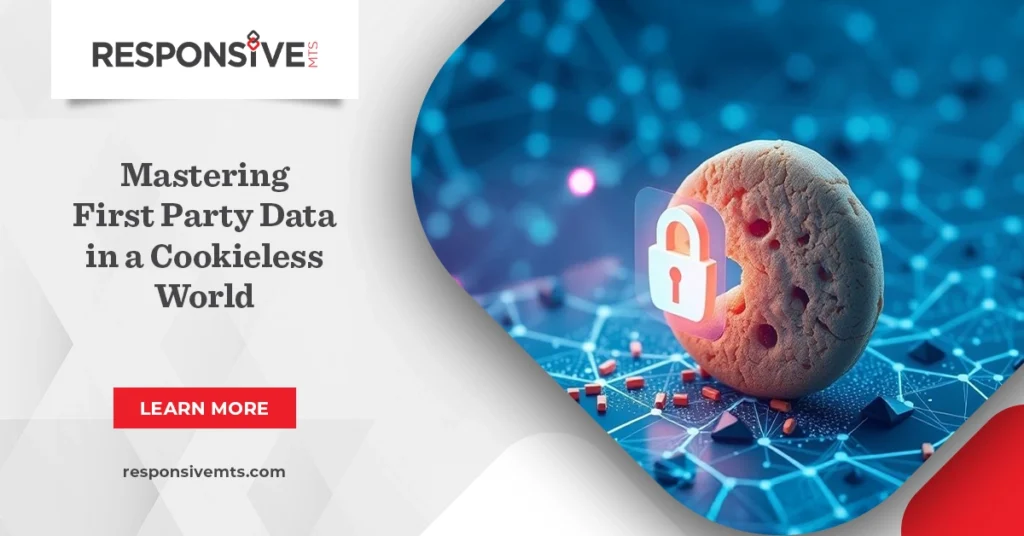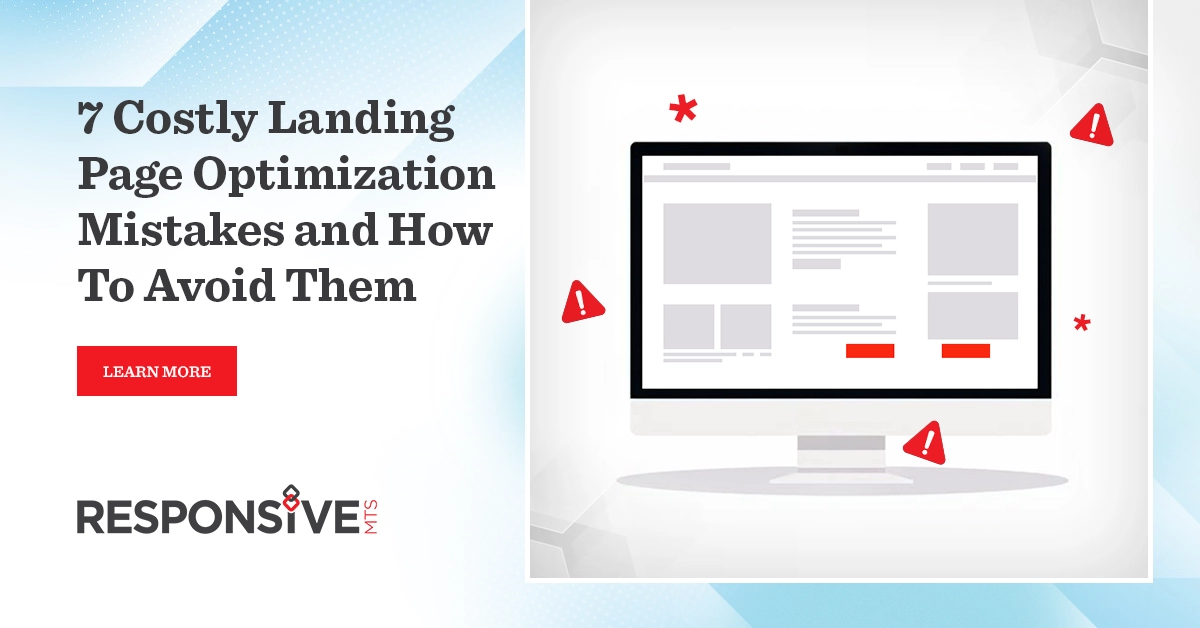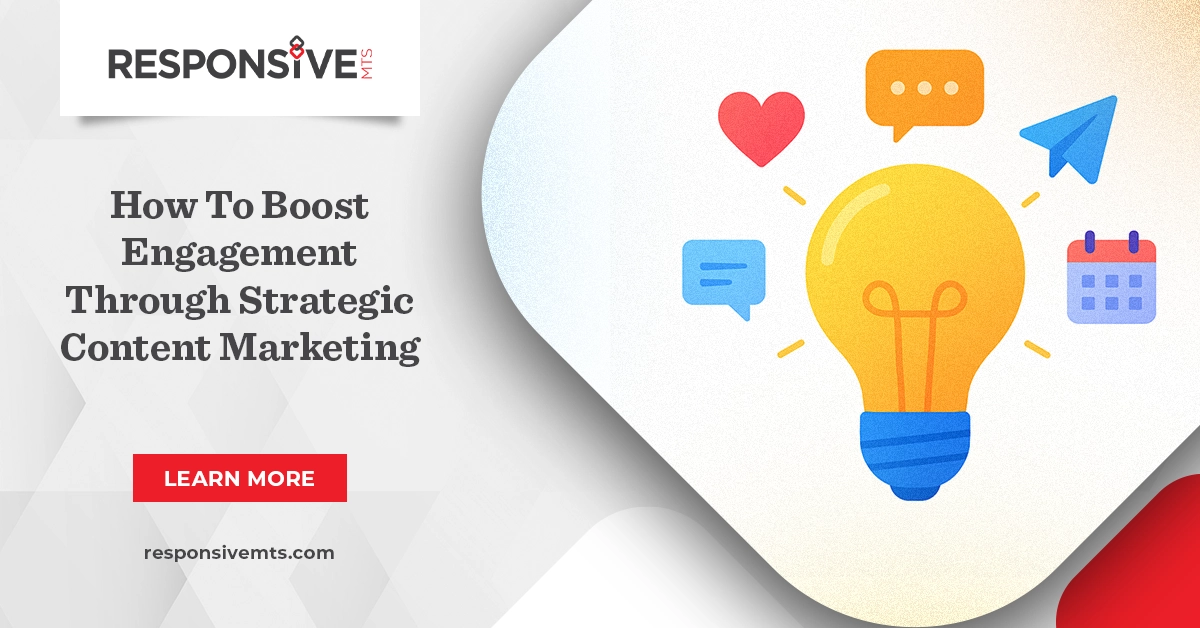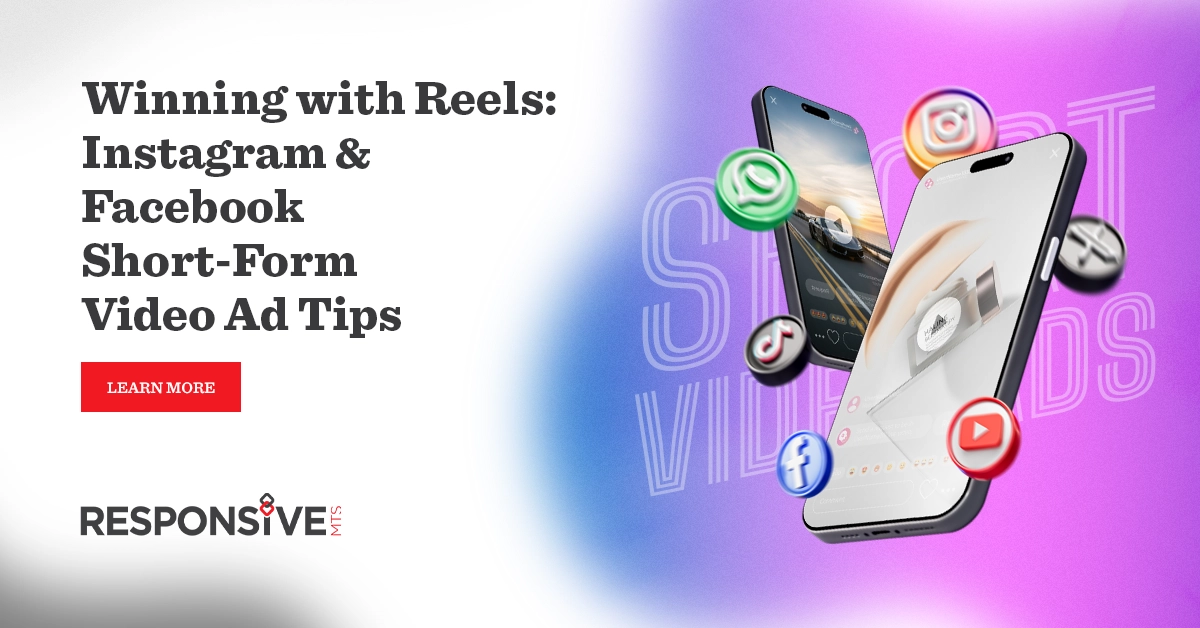First party data is becoming the superhero of digital marketing. Why? Because the world is going cookieless! That means businesses can no longer rely on those tiny bits of code (third-party cookies) that track users across websites. Instead, smart marketers are turning to a powerful and privacy-friendly solution: first party data.
In this article, we’ll explore how your brand can thrive in this new world. You’ll learn what first party data is, why it matters, how to use it, and the best tools and strategies to help you succeed.
What Is First Party Data? (And Why It’s the Key to Your Future)
First party data is information you collect directly from your audience. Think of it like having a conversation with your customers instead of overhearing someone else’s.
This data comes from:
- Website visits
- App usage
- Email subscriptions
- Purchase history
- Surveys and feedback forms
Because your customers give it to you directly, first party data is more accurate, reliable, and privacy-compliant.
Why Is Everyone Talking About the Cookieless Future?
Third-party cookies are being phased out. Google plans to remove them completely from Chrome. Safari and Firefox already have.
Here’s what that means:
- You can’t track users across multiple sites like you used to
- Personalized ads based on outside data become harder to do
- Privacy laws (like GDPR and CCPA) are getting stricter
So what’s the solution? You guessed it: first party data.
Why it matters: You need to build direct relationships with your customers and rely on your own data.
The Benefits of First Party Data: Why It’s Worth the Effort
Collecting and using your own data isn’t just a backup plan—it’s actually better for business. Here’s why:
- More accuracy: You know the data is real because it comes from your users.
- Better personalization: You can tailor messages and offers based on actual behavior.
- Stronger trust: Customers feel safer when they know you’re not spying on them.
- Compliance-friendly: First party data respects privacy laws by design.
How to Collect First Party Data the Right Way
Getting this data doesn’t have to be complicated. Here’s how to start:
- Use simple signup forms – Ask for names, emails, and preferences.
- Offer gated content – Give something valuable (like an eBook or discount) in exchange for info.
- Create engaging surveys – Make it fun and rewarding.
- Track website behavior – Use tools like Google Analytics or Hotjar.
- Launch loyalty programs – Reward users for sharing and engaging.
Best Practices for Using First Party Data in Marketing
Collecting is only step one. Here’s how to make the most of your data:
- Segment your audience: Divide users by behavior, interests, or location.
- Automate campaigns: Use email platforms or CRM tools to deliver tailored messages.
- Test and learn: A/B test subject lines, images, and offers.
- Retarget smarter: Use your own audience lists to reach people on Google, Meta, and others.
Real-Life Example: How a Small Retail Brand Boosted Sales
Let’s say a local coffee brand, Bean Bliss, started using first party data.
Here’s what they did:
- Asked for email and birthday during checkout
- Sent personalized birthday coupons
- Tracked which coffee types users clicked on
- Offered loyalty points for filling out a flavor survey
Result:
- 25% higher email open rates
- 30% increase in repeat purchases
- More happy, loyal customers
Common Mistakes to Avoid When Using First Party Data
Even good intentions can lead to bad results if you’re not careful. Watch out for these:
- Asking for too much info too soon – It can scare people off
- Not explaining how you’ll use the data – Leads to mistrust
- Letting data go stale – Outdated info is worse than none at all
- Failing to secure it – Data breaches are a trust killer
Tools and Platforms to Supercharge Your First Party Data Strategy
You don’t have to do this alone. There are amazing tools out there to help:
- CRM platforms: Salesforce, HubSpot, Zoho
- Analytics tools: Google Analytics 4, Mixpanel
- Email marketing: Klaviyo, Mailchimp, ActiveCampaign
- Customer data platforms (CDPs): Segment, BlueConic, Tealium
Future Trends: What’s Next for First Party Data?
Looking ahead, expect these trends to shape how brands collect and use data:
- AI-powered personalization: Smarter tools will turn raw data into smart actions.
- Zero-party data: Customers willingly provide insights through quizzes or preferences.
- Privacy-first design: Platforms will build trust into every user experience.
The cookieless future isn’t scary it’s full of opportunity.
Conclusion: Your Roadmap to First Party Data Success
To thrive in a cookieless world, brands need to embrace first party data. It’s your best chance to connect with customers in a meaningful, honest, and legal way.
Key takeaways:
- Third-party cookies are going away—don’t wait to adjust.
- First party data gives you better insights and stronger relationships.
- Collect data with care, use it smartly, and keep it secure.
Use the right tools and stay on top of privacy laws.
Ready to future-proof your marketing? Start building your first party data strategy today. Contact Responsive MTS today.
FAQ for First Party Data
First party data is information collected directly from your audience. It’s crucial because third-party cookies are being phased out.
Use sign-up forms, gated content, surveys, and behavior tracking tools to gather first party data ethically and efficiently.
First party data offers better accuracy, personalization, compliance with privacy laws, and stronger customer trust.
CRM systems like HubSpot, analytics platforms like GA4, and CDPs like Segment help collect and use first party data efficiently.
By using email personalization, loyalty programs, and audience segmentation, small businesses can improve engagement and drive repeat sales.




